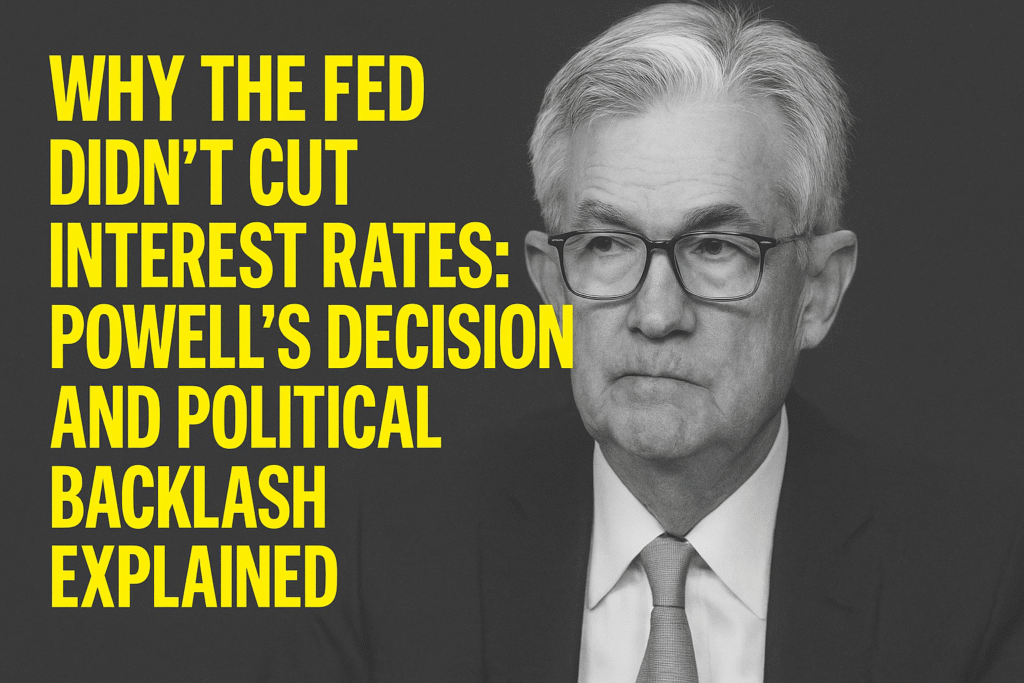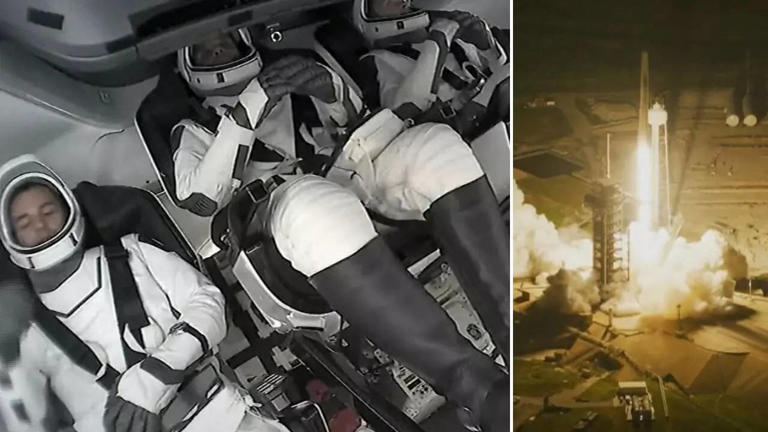Is Jerome Powell Too Late Again? What the Fed’s Pause Means for the U.S. and Global Economy
In a closely watched decision, the Federal Open Market Committee (FOMC) chose to leave interest rates unchanged, even as other central banks like the Bank of England and People’s Bank of China moved to cut rates in response to global economic pressures. This pause by the Federal Reserve, led by Chair Jerome Powell, has reignited criticism from political figures—most notably former U.S. President Donald Trump, who labeled Powell “too late Powell” for his perceived sluggish response to economic signals.
This isn’t the first time Powell’s decisions have stirred controversy. The Fed’s current stance reflects a cautious approach amid lingering inflation concerns, even as parts of the global economy show signs of slowing. So why did the Fed stand still while others cut? And what does this mean for American households, businesses, and politics?
Why Didn’t the Fed Cut Rates Like Other Countries?
Despite mounting pressure and global monetary easing, the Federal Reserve opted to maintain interest rates. Powell and the FOMC cited the need to ensure inflation is sustainably moving toward the 2% target before taking any action. While other central banks have acted to stimulate economic activity, the Fed remains cautious, wary of a potential inflation rebound or misreading of macroeconomic signals.
In his remarks, Powell referenced past crises like the COVID-19 pandemic, highlighting the importance of stability and confidence in monetary policy. The Fed had previously taken aggressive, even unprecedented, measures to rescue financial markets during the height of the pandemic. But today’s economic context is more complex—strong job growth, resilient consumer spending, and sticky inflation mean a premature cut could undermine long-term economic health.
Moreover, Powell emphasized the Fed’s role as an independent institution, free from political influence, despite mounting pressure from figures like Trump. Critics argue that by delaying cuts, the Fed risks missing opportunities to inject growth into a softening economy. Supporters, however, see this as necessary prudence to preserve credibility and prevent a 1970s-style inflationary spiral.
What’s the Political Fallout from Powell’s Decision?
Powell’s cautious stance hasn’t gone unnoticed. Donald Trump, speaking at a campaign event, accused Powell of political bias, suggesting that the Fed chair refuses to cut rates because he’s “not in love” with Trump. Trump’s rhetoric paints Powell as a deliberately slow decision-maker, using phrases like “too late Powell” to imply the Fed is out of step with real-time economic needs.
Such comments reflect a broader tension between central bank independence and political expectations. While it’s not unusual for politicians to criticize Fed policy, especially during election seasons, Trump’s personal attacks add a layer of unpredictability to the Fed’s operating environment. If interest rates remain high into late 2024 and early 2025, economic messaging could become a battleground in the U.S. presidential race.
Outside the U.S., Powell’s decision also positions the Fed in contrast to its global peers. With China and the U.K. slashing rates to spur growth, the Fed’s hesitation could lead to a stronger dollar, weaker exports, and higher borrowing costs at home. For American consumers and businesses, this could mean continued pressure on mortgages, credit cards, and small business loans, despite a seemingly strong economy.
As global central banks pivot to rate cuts, the Federal Reserve’s decision to hold has sparked political backlash and renewed questions about its strategic direction. While Powell defends the pause as necessary for long-term stability, critics argue it may have missed a critical moment to support growth.
With inflation easing but still uncertain, Powell faces the challenge of navigating between caution and action—all under the microscope of public and political scrutiny. Whether this decision ages as prudence or delay remains to be seen, but one thing is clear: the Fed is once again at the center of both economic policy and political theater.





















